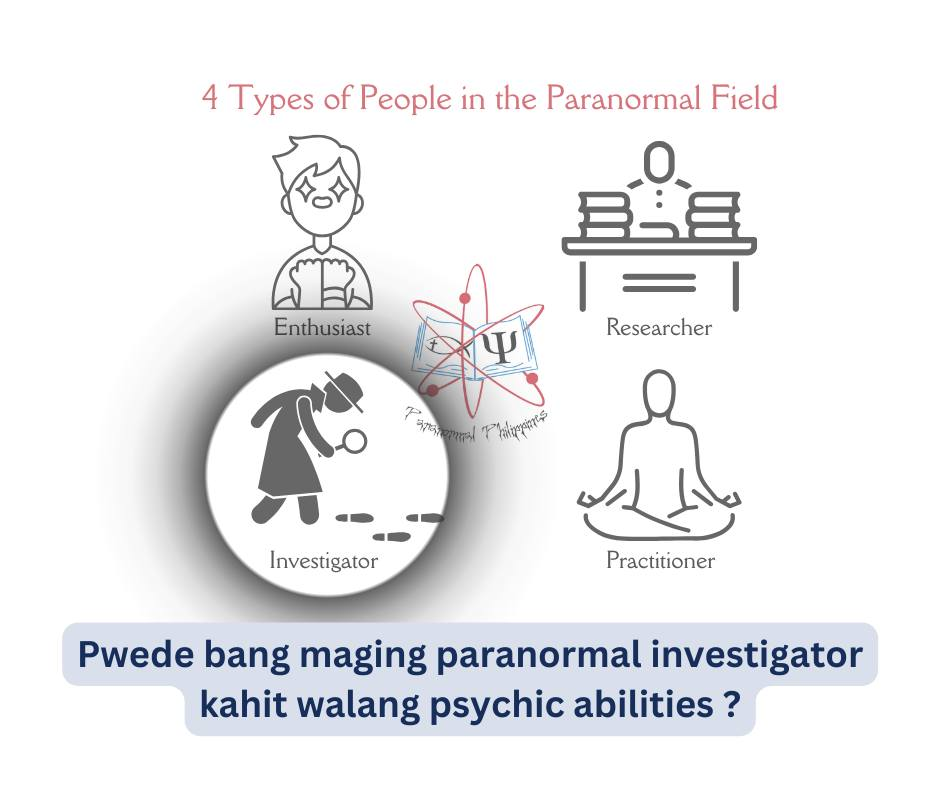Conducting Paranormal Investigations
 🏠 |
🧭 |
🏠 |
🧭 |
This is a concise summary of the Society for Psychical Research (SPR)'s notes for investigators, covering procedures, interviews, records, follow-ups, and essential equipment.
1. Study Relevant Literature
-
Review existing research and guidance on spontaneous cases.
-
Suggested resources: Guidance Notes for Investigators of Spontaneous Cases, Investigation Quick Guides.
2. Essential Procedures
-
Procedures vary by case type:
-
Crisis apparitions → confirm death via public records or notices.
-
Significant dreams → verify reliability of dream and confirming event.
-
Poltergeist/haunting → monitor relevant areas.
-
-
Routine steps for all potential paranormal cases:
3. Interview Witnesses
-
Obtain detailed, accurate accounts from witnesses.
-
Conduct in-depth interviews with involved parties and other relevant witnesses.
-
Collect key information:
-
Time, date, and duration of events
-
Witness activity and state of mind
-
Previous similar experiences
-
Environmental conditions (lighting, sounds)
-
Presence/location of other people
-
Impressions of witness reliability, education, and well-being
-
4. Keep Detailed Records
-
Record witness details: name, age, contact info.
-
Make statements from notes or audio transcripts; have witnesses review and sign.
-
Assure anonymity if published; use pseudonyms if needed.
-
Document scene: photos, video, sketches, measurements.
5. Follow-Up Visits
-
Necessary because:
-
Events may be infrequent.
-
Single visits may be misleading; further visits may clarify significance.
-
6. Equipment
-
Essentials: notebook, pen/pencil, wristwatch, audio/video recording tools.
-
Optional but useful: EMF meters, thermometers, motion detectors, smartphone.
-
Refer to Equipment Use, Guidance Notes for Investigators for detailed guidance.




Comments
Post a Comment